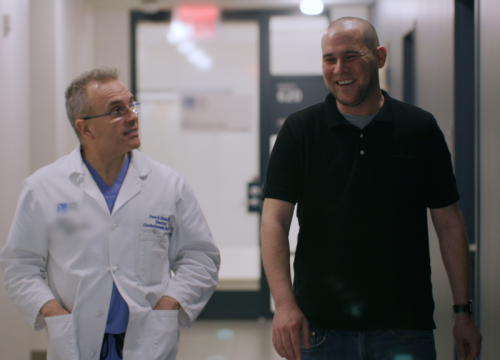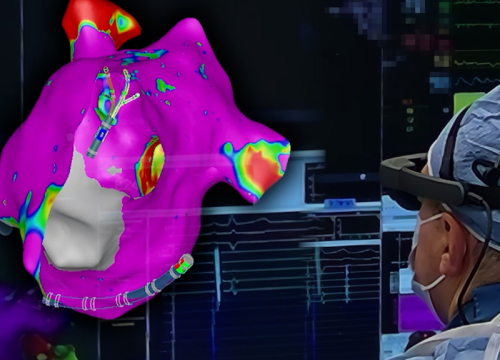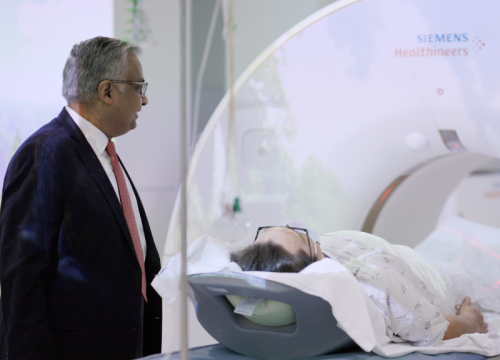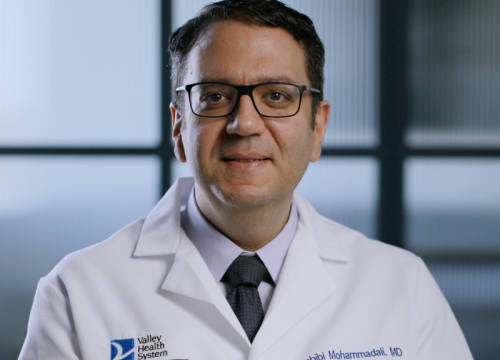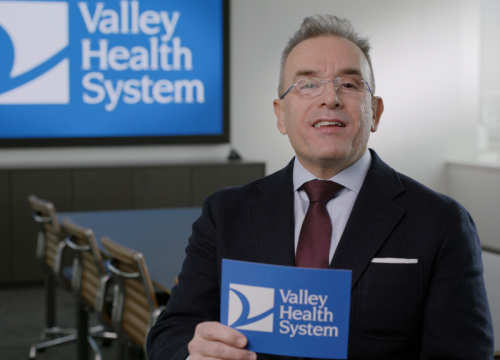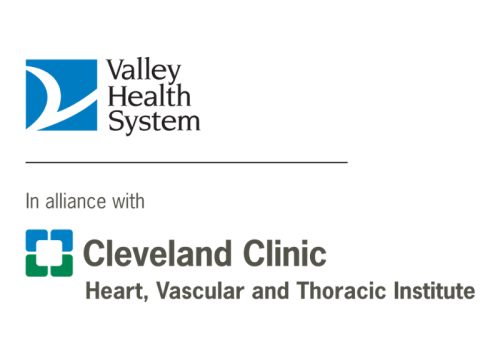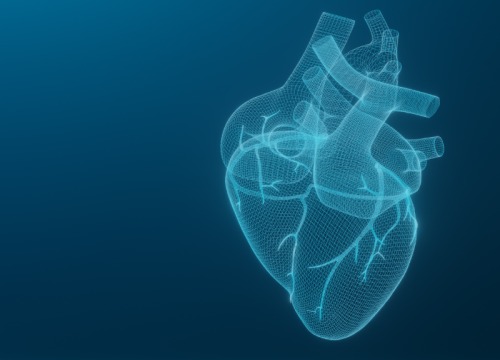
Aortic Dissection Awareness Day is September 19. This day is dedicated to raising awareness about this cardiac condition.
What is Aortic Dissection?
An aortic dissection occurs when a tear develops in the inner layer of the body’s main artery, called the aorta. This allows blood to escape the aorta, causing the inner and middle layers to split or dissect. Aortic dissections are relatively uncommon in healthy people, however, high blood pressure and genetic diseases like Marfan Syndrome, Vascular Ehlers-Danlos Syndrome (VEDS), and Loeys-Dietz Syndrome (LDS) can increase chances. In addition, patients with thoracic aortic aneurysms or those with a relative who has suffered an aortic dissection can significantly increase your chances of having one.
Aortic dissections must be diagnosed quickly, as about 40% of patients die immediately from complete rupture, and the death rate can be as high as 1-3% per hour until the patient gets treatment, according to Cleveland Clinic. Aortic dissections can mimic a heart attack or stroke, so knowing your family history can help prevent misdiagnosis and save your life.
Common Signs and Symptoms
Common signs and symptoms of an aortic dissection include:
- Sudden severe, sharp pain in your chest or upper back; also described as a tearing, stabbing, or ripping feeling
- Shortness of breath
- Fainting or dizziness
- Low blood pressure
- Rapid weak pulse
- Heavy sweating
- Confusion
- Loss of vision
- Stroke-like symptoms, including weakness or paralysis on one side of your body and trouble talking
Although an aortic dissection can happen for no reason, lifestyle and trauma can trigger a dissection. Other causes include motor vehicle accidents, extreme straining associated with body building, illicit drug use, and poorly controlled high blood pressure.
How You Can Spread Awareness
The John Ritter Foundation for Aortic Health created a campaign called the Purple Pinky Promise to spread awareness of the importance of knowing your family's aortic history. Here is how it works:
- Promise to learn about your family’s aortic history, paint your pinky purple, or simply wear purple.
- Snap a photo of yourself and share it on social media with #purplepinkypromise.
- Tag The John Ritter Foundation and 3 of your friends.
What Valley Can Do to Help
Valley’s Integrated Aortic Program is designed to provide lifelong, individualized care to patients living with aortic aneurysms. The program supports patients in managing their aortic disease while still enjoying a high-quality life. Patients enrolled in the program will receive an individualized treatment plan that includes imaging, clinical assessment, genetic testing, surveillance, and counseling.
At Valley, our team uses evidence-based guidelines and newly developed techniques to assess each patient’s aortic aneurysm and develop individualized treatment plans.
For more information on the Integrated Aortic Program, please visit: ValleyHealth.com/IntegratedAorticProgram
To schedule an appointment, please call 201-447-8398.
Patient Story
Read about Dan’s story with aortic dissection and a rare diagnosis.



